The birth of the British Arts and Crafts movement marks the change in how things, from buildings to jewelry, were made.
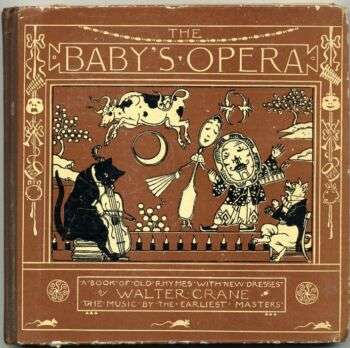
Image source: https://search.creativecommons.org/photos/ff801e22-ea4f-4e35-98df-15cc6ba92e83
The Origins of the Movement
The founders of the Arts and Crafts Style were some of the most important critics of the Industrial Revolution. The movement spread in the United Kingdom around 1860, along with the closely related Aesthetic Movement. However, the diffusion of the Arts & Crafts to the United States made it relevant until the 1920s. The Movement gets its name from the Arts and Crafts Exhibition Society, a group founded in London whose president was the artist and book illustrator Walter Crane.
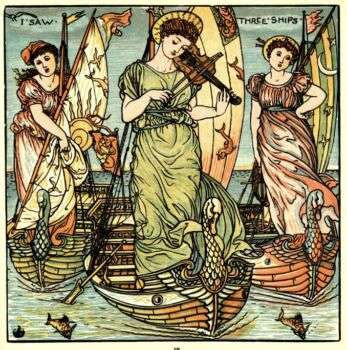
Image source: https://search.creativecommons.org/photos/f9d0e656-f045-462c-9b12-ee19f185aca7 by crackdog
By 1860, a minority group deeply disturbed by the level of craftsmanship in the Industrial Revolution and its mass-produced goods, began the Arts and Crafts movement. Among them, there was the English reformer, poet, and designer William Morris. His company of interior decorators and manufacturers, the “Morris and Company,” wanted to rediscover the spirit and quality of medieval craftsmanship. Therefore, they produced handcrafted metal works, jewelry, furniture, and books. Additionally, Arts and Crafts Style was considered a kind of democratic art.
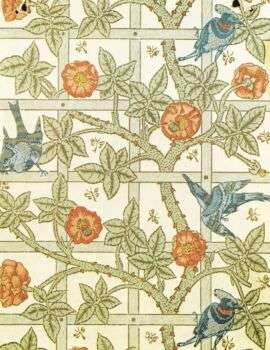
Image source: https://search.creativecommons.org/photos/ab4e11ef-e26c-4002-9320-df94733c4f5c by NinaZed

Image source: https://search.creativecommons.org/photos/85021393-a558-47df-8cd3-015e9ce7a306 by Dave Catchpole
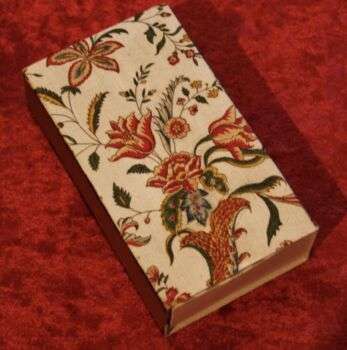
Image source:https://search.creativecommons.org/photos/1797204f-e388-443e-b17b-84995adc9c8d by Elin B
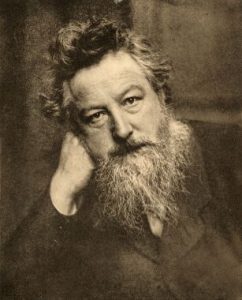
Image source: https://en.wikipedia.org/wiki/William_Morris#/media/File:William_Morris_age_53.jpg
Features of Arts and Craft Architecture
The movement used primitive, vernacular forms focusing on the democratic and spiritual aspects of architecture. Further, designers returned to the foundations of modernism. There are many examples of this style of building today:
- Red House, in Bexleyheath, London: Created in 1859 by Philip Webb, this house features elements of the early Arts and Crafts style, with well-proportioned simple forms, wide porches, steep roofs, pointed window arches, brick fireplaces, and wooden patterns.
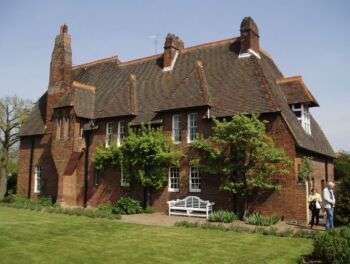
Image source: https://search.creativecommons.org/photos/700c390c-a0d3-4042-a1a1-dfafffbe6ada by stevecadman
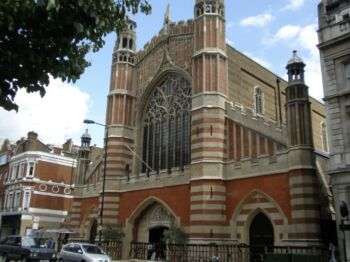
Image source: https://search.creativecommons.org/photos/041552dd-fb41-42b1-a098-4df85ae40c69 by amandabhslater
- Holy Trinity, London: Described by the poet John Betjeman as the “Cathedral of the Arts & Crafts Movement.” John Dando Sedding designed the structure, yet he commissioned his colleagues in the Art Workers Guild to work on decorations and statuary in stone and metal.
Garden Design

Image source: https://search.creativecommons.org/photos/e8646340-7573-4369-b6f1-c379618e0dcc by Bob Cantwell
Goddards House and Garden is an Arts and Crafts house in Dringhouses, York, England. Noel Goddard Terry was the owner of this place, but Walter Brierly designed the house, respecting the features of the Arts and Crafts movement. Additionally, these spaces were meant to create a warm atmosphere.
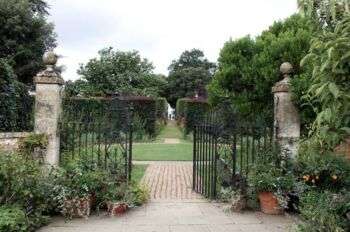
Image source: https://search.creativecommons.org/photos/eb7118bd-07fb-4509-ae10-49c9c2f13305 by Dave Catchpole
Lawrence Johnston created Hidcote Manor Garden, in the 20th century, which is known for its several garden spots, limited by clipped hedges. Each one features a wide variety of common and exotic plants. Further, the design had great influence on the garden design of the period.
Info source: https://www.britannica.com/art/Arts-and-Crafts-movement
